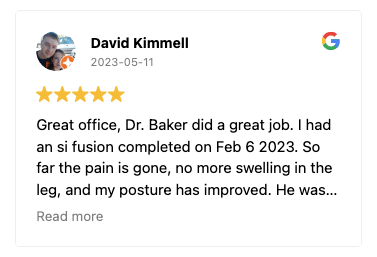Brain & Spine Shunting Procedures
A ventriculoperitoneal shunt (VPS) is a surgical treatment for hydrocephalus.
A shunt is a narrow tube used to drain the extra cerebrospinal fluid from the brain. Brain and spine shunting procedures are quite complicated, but if an experienced surgeon does this, a patient should not worry. There are different kinds of shunts for various body parts, but ventriculoperitoneal shunts are used for the brain and spine.
Request an Appointment
Ventriculo-Peritoneal Shunt
A ventriculoperitoneal shunt (VPS) is a surgical treatment for hydrocephalus. Hydrocephalus is a neurological disease, literally meaning water on the brain, and can be very disabling.
This fluid (cerebrospinal fluid or CSF) is usually made and then reabsorbed at certain rates, and when these rates are not balanced, it can lead to an increase in the fluid, causing pressure and resulting in neurologic symptoms.
CSF normally resides in cavities in the brain called ventricles. The purpose of a VPS is to drain this excess fluid from the ventricle.
This is achieved by placing a tube into the ventricle (in the brain), which drains the fluid to the abdomen. There is typically a valve that prevents the fluid from moving in the wrong direction and only lets fluid drain when the pressure is too high.

Frequently Asked Questions about
Brain & Spine Shunting
What Is The Goal of VPS?
The goal of a ventriculoperitoneal shunt (VPS) is to reduce the abnormally high pressure inside the brain. This is achieved by placing a catheter in the brain that allows the drainage of excess fluid into the abdomen.
How Is It Done?
What Are the Risks of Ventriculo-Peritoneal Shunts?
What Is The Success Rate of Brain Shunting?
How Long Will I Stay in The Hospital?


Dr. Baker specializes in neurosurgery, neurosurgical spine surgery, neurotrauma, brain tumors, spinal tumors, and peripheral nerve damage treatment.









